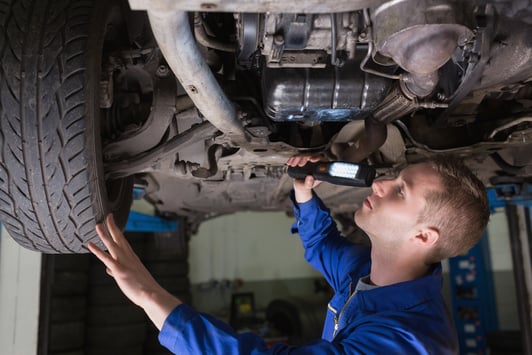When dealing with expenses related to vehicle maintenance,
tyres usually count for around
20% of the total costs; it goes without saying that having a proper
tyre management program in place is essential for an efficiently run fleet.
There are three strategies we want to share with you today on how to adequately maintain tyres and how, as a consequence, the costs of your fleet can be reduced—let’s have a look at them!
#1 - Carefully select vehicle tyres
You should never choose the cheapest tyres—this should definitely not be the criterion that governs your selection. Purchasing cheap tyres does not necessarily mean cutting costs. All too often it is quite the opposite!
When selecting tyres for your fleet, consider the activity in which your vehicles are most likely to be engaged; the estimated mileage they are expected to travel; the weight of load your vehicles are likely to transport and the climatic conditions of the areas which they will be traveling. These are the most important criteria to bear in mind in order to choose the right product. If they are more expensive than expected, then remind yourself that these tyres will be longer lasting and better suited to the activity/journeys required.
#2 - Check tyre pressure
This aspect is extremely important—tyre manufacturers recommend a value regarding tyre pressure which you should always observe. The actual pressure will also depend on the load the vehicles are going to carry; it is necessary to double-check the pressure before travelling and verify it is correct. If the pressure is incorrect, fuel consumption will increase. Investing in all the tools necessary to maintain correct and accurate tyres pressure is crucial for the safety and efficiency of your fleet.
#3 - Verify wheel alignment
It is important that the vehicle’s wheels are correctly aligned, i.e. the wheels are parallel, this is necessary for safety both in regards to handling as well as preventing undue wear and tear on the tyres. Wheels have to be properly positioned—if you need to replace/change your tyres and after the change notice something amiss, verify the problem and, if necessary, request a service. Never take risks.




